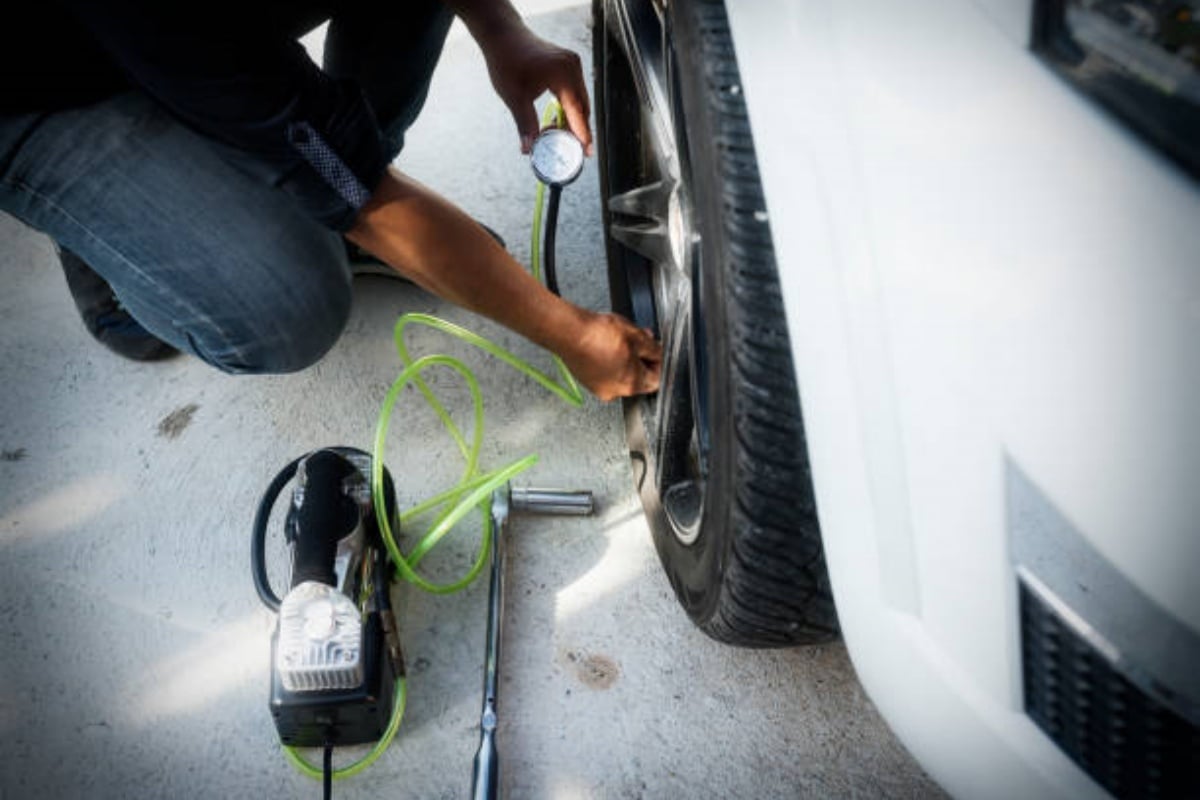Introduction
Having a functional air compressor in your car is essential for maintaining optimal tire pressure and ensuring a smooth and safe ride. However, like any other mechanical component, air compressors can sometimes encounter issues. In this article, we will guide you through the process of fixing an air compressor in your car, covering various aspects of troubleshooting and repair.
Understanding the Air Compressor
Before delving into the troubleshooting process, it is important to have a basic understanding of how an air compressor works. An air compressor in a car is responsible for compressing and pressurizing air, which is then used to inflate tires or power various pneumatic tools. It typically consists of a motor, a pump, and a tank. Now, let's move on to the troubleshooting steps.
Step 1: Check Power Supply
The first step in fixing an air compressor is to ensure that it is getting a proper power supply. Check the fuse and wiring connections to confirm that there are no loose connections or blown fuses. If everything seems fine, move on to the next step.
Step 2: Inspect the Pressure Switch
The pressure switch is a crucial component that controls the operation of the air compressor. Inspect the pressure switch for any signs of damage or wear. If necessary, replace the pressure switch with a new one to ensure proper functionality.
Step 3: Examine the Air Filter
A clogged or dirty air filter can hinder the performance of an air compressor. Remove the air filter and inspect it for any dirt, debris, or damage. Clean or replace the air filter if needed, as this can significantly improve the air compressor's efficiency.
Step 4: Check the Safety Valve
The safety valve is a critical component that releases excess pressure to prevent the air compressor from getting damaged. Inspect the safety valve for any signs of leakage or malfunction. If required, replace the safety valve to ensure the proper operation of the air compressor.
Step 5: Test the Pressure Relief Valve
The pressure relief valve is designed to release pressure when the compressor reaches its maximum limit. To test the pressure relief valve, slowly increase the pressure until it reaches the maximum limit. If the valve fails to release pressure, it may need to be adjusted or replaced.
Step 6: Check for Air Leaks
Air leaks can significantly impact the performance of an air compressor. Inspect all the connections, hoses, and fittings for any signs of leakage. Apply a soapy water solution to identify any bubbles forming, indicating the presence of a leak. Repair or replace any damaged components to rectify the issue.
Step 7: Lubricate Moving Parts
To ensure smooth operation and longevity of the air compressor, it is crucial to lubricate the moving parts regularly. Consult the user manual to identify the specific lubrication points and use the recommended lubricant. This simple step can prevent excessive wear and tear of the compressor.
Step 8: Clean or Replace the Motor
If the air compressor is still not functioning correctly, the motor could be the culprit. Inspect the motor for any signs of damage or overheating. Clean the motor and its surrounding area to remove any dirt or debris that may be causing the issue. If the motor is beyond repair, it may need to be replaced.
Step 9: Consult a Professional
If you have followed all the troubleshooting steps and the air compressor is still not working properly, it may be time to seek professional help. Certified mechanics or automotive technicians have the expertise and tools to diagnose and fix complex issues with air compressors. Don't hesitate to reach out for professional assistance.
Conclusion
Fixing an air compressor in your car can be a manageable task if you follow the right steps. From checking the power supply to inspecting various components, such as the pressure switch, air filter, and safety valve, troubleshooting an air compressor issue requires patience and attention to detail. Remember to prioritize your safety and, if needed, seek professional assistance to ensure the proper functionality of your air compressor.


